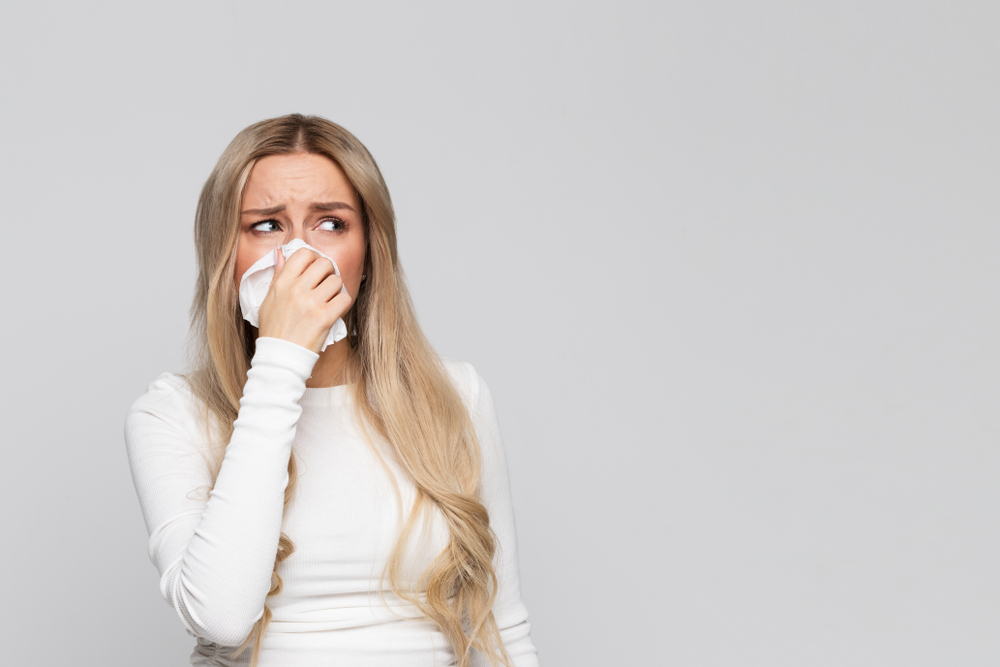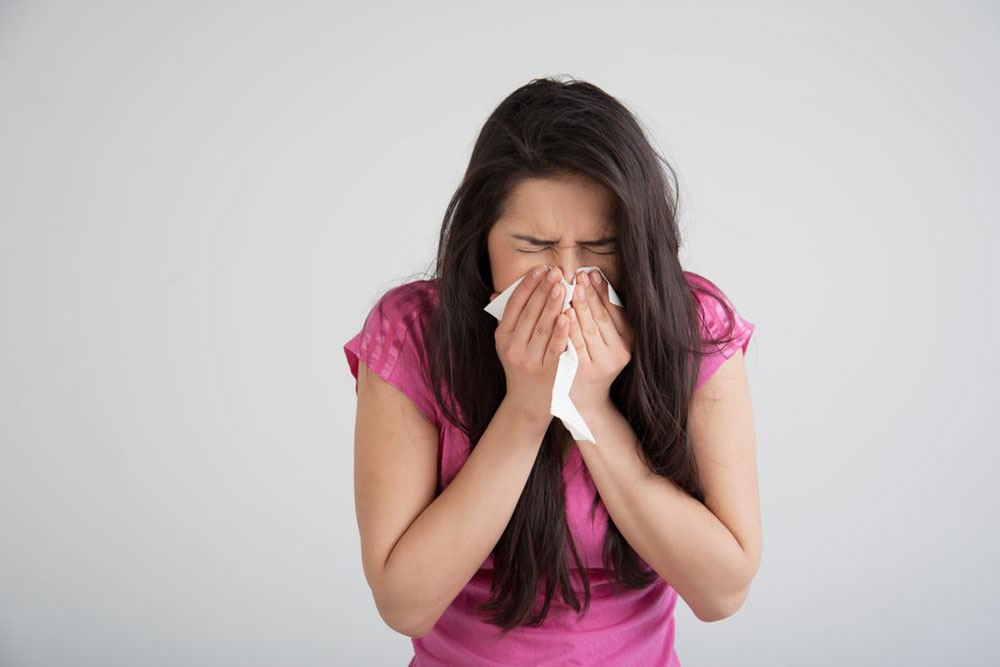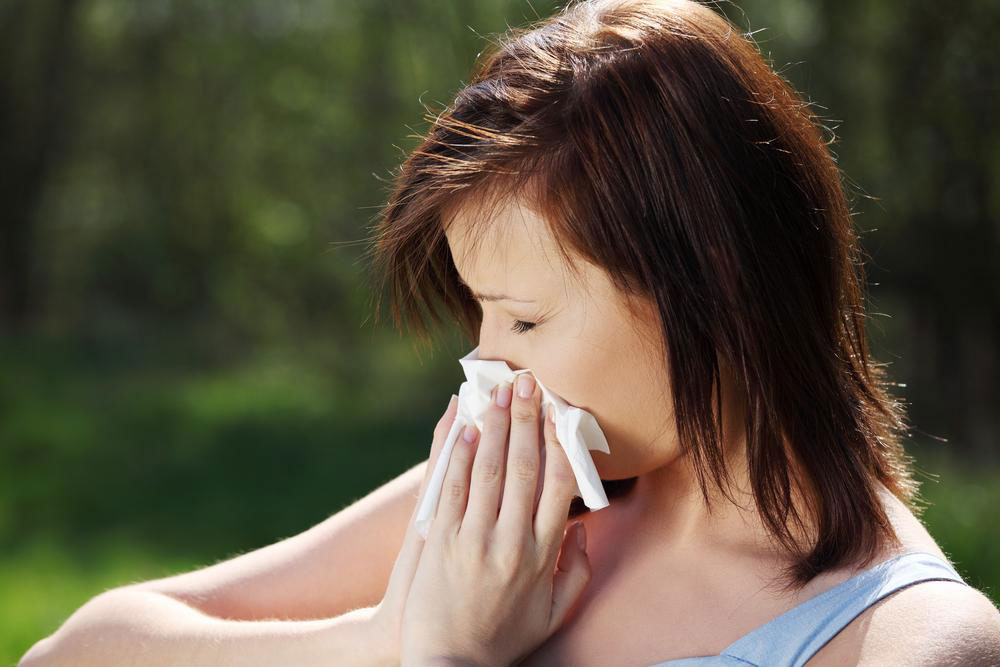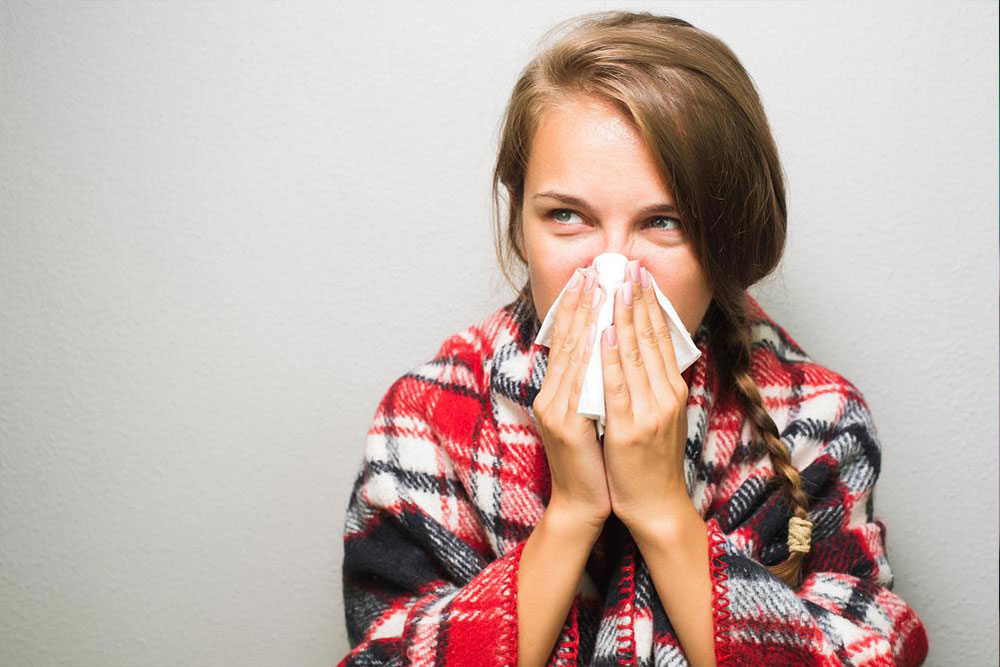Effective Strategies for Managing Allergic Reactions
Learn about various allergy triggers and effective management strategies. This article covers food, environmental, insect, medication, and fabric allergies, along with treatments like immunotherapy, antihistamines, and corticosteroids, helping readers understand how to control and prevent allergic reactions effectively.
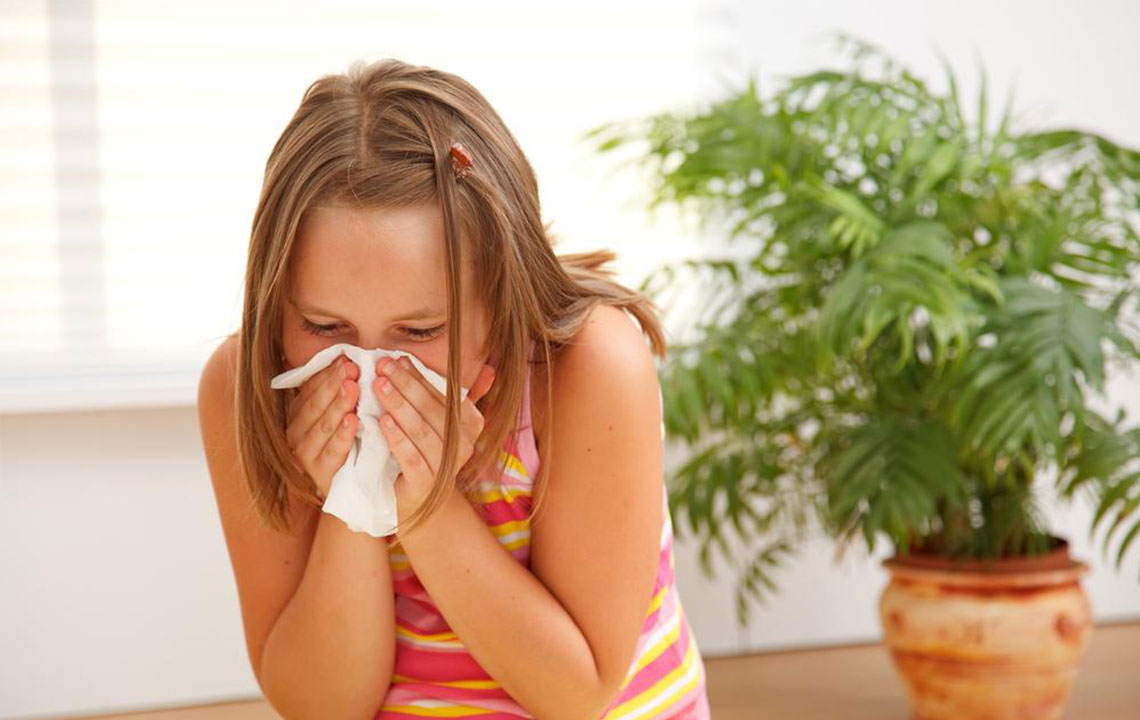
Strategies for Managing Allergic Reactions
An allergy occurs when the immune system overreacts to a harmless substance, known as an allergen. These allergens can be found in foods, insect stings, pollen, medications, or household substances. When exposed to an allergen, the body produces specific antibodies called immunoglobulins, which activate immune cells and lead to the release of chemicals like histamine. This cascade results in symptoms such as nasal swelling, runny nose, itchy throat, and irritated eyes. Each individual’s allergic response varies based on genetics and exposure levels.
Different people react uniquely to allergens—what triggers a reaction in one may not in another. Although allergies differ, several effective treatments can alleviate symptoms. The severity of reactions often depends on exposure levels; higher exposure can intensify symptoms. Genetic predisposition also plays a role, especially if allergies run in the family. Common allergen sources include food, airborne particles, insect stings, medications, and certain fabrics.
Food Allergies – Foods such as nuts, seafood, and dairy can prompt allergic responses, often revealing themselves through skin irritations or nasal symptoms.
Environmental Allergies – Pollen from trees or grasses during spring, animal dander, and dust mites are common airborne allergens that can disturb sensitive individuals.
Insect-Related Allergies – Bug stings, especially from bees or wasps, deliver chemicals into the skin that may cause allergic skin reactions.
Medication Allergies – Certain drugs, notably penicillin, can stimulate histamine release, leading to allergic episodes.
Fabric-Induced Allergies – Materials like latex, spandex, or elastic fabrics can cause contact dermatitis or rashes by irritating or blocking breathing pathways in the skin.
While some allergic reactions diminish with age, others, such as reactions to insect stings or latex, may worsen with repeated exposure.
Most Effective Allergy Treatments depend on identifying and avoiding triggers. For instance, avoiding specific foods or fabrics can prevent flare-ups. Besides preventive measures, medication options are available to reduce severe symptoms. Common treatment approaches include:
Allergy Immunotherapy (Shots) - Also called subcutaneous immunotherapy, this method involves small allergen doses injected regularly over years to train the immune system. Initially administered weekly, doses gradually become less frequent over 3-5 years.
Antihistamines - These medications block histamine effects, alleviating symptoms like sneezing, itching, and congestion. They are accessible as pills, eye drops, or nasal sprays.
Leukotriene Modifiers - These drugs inhibit leukotriene production, chemicals that escalate inflammation and mucus, thereby reducing allergic responses.
Cromolyn - Cromolyn stabilizes mast cells to prevent the release of allergic mediators, often inhaled to treat nasal inflammation.
Corticosteroids - Synthetic hormones that suppress inflammation, used in various forms to treat skin rashes, nasal swelling, or lung inflammation. Examples include nasal sprays like Flonase.
Diphenhydramine - A first-generation antihistamine used for severe allergy symptoms, cold relief, and nausea. Available under brands such as Benadryl, it may cause drowsiness and should be used cautiously.


